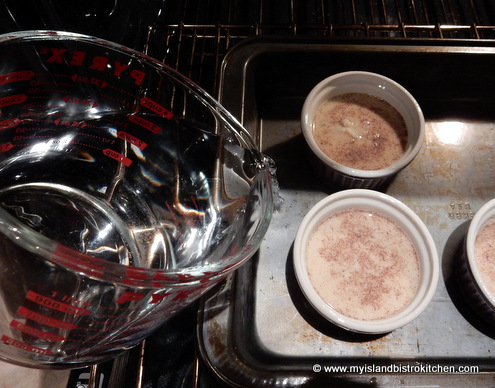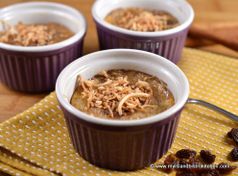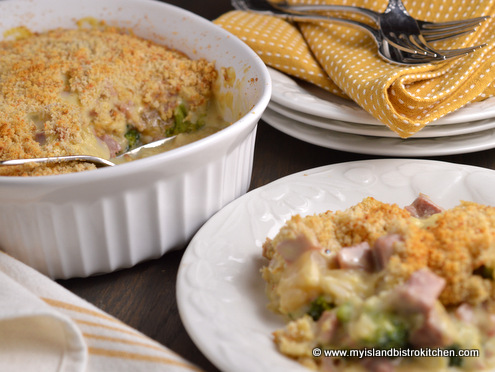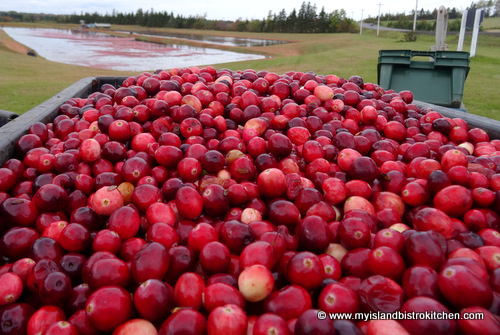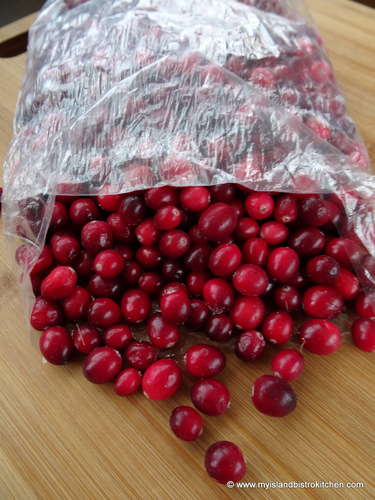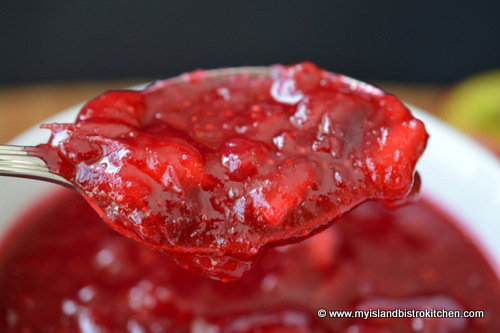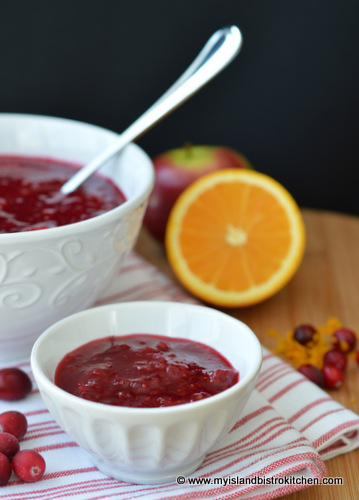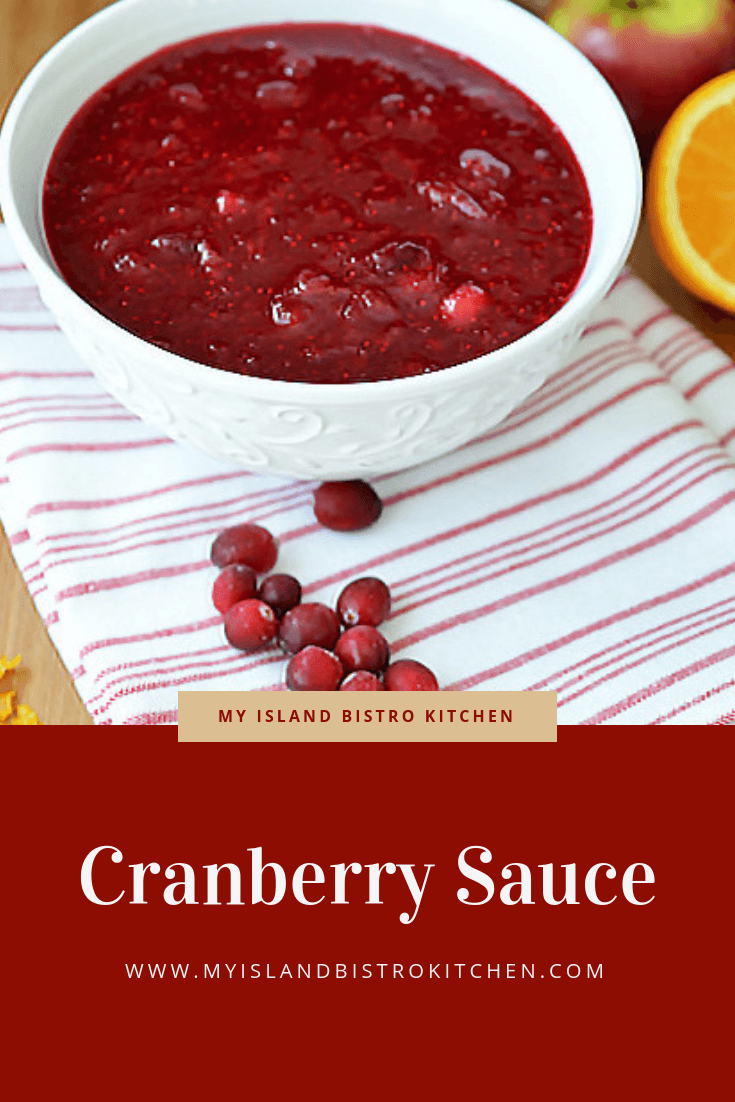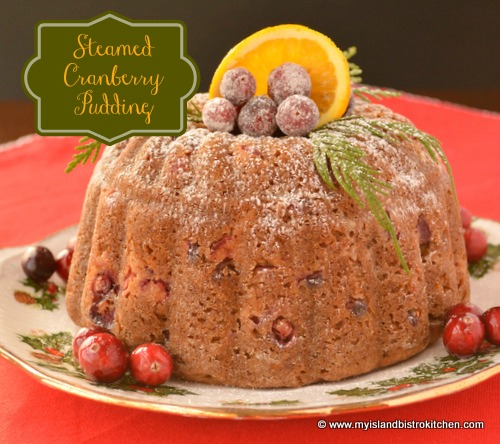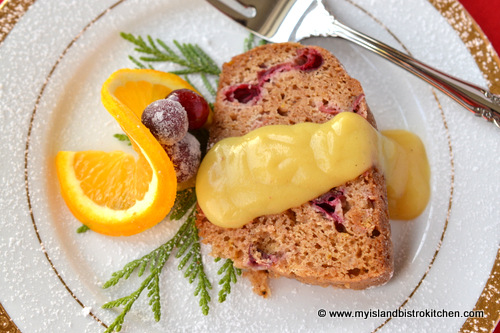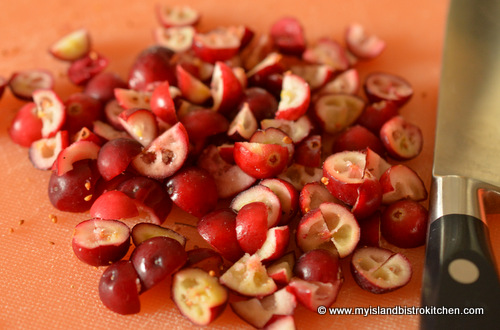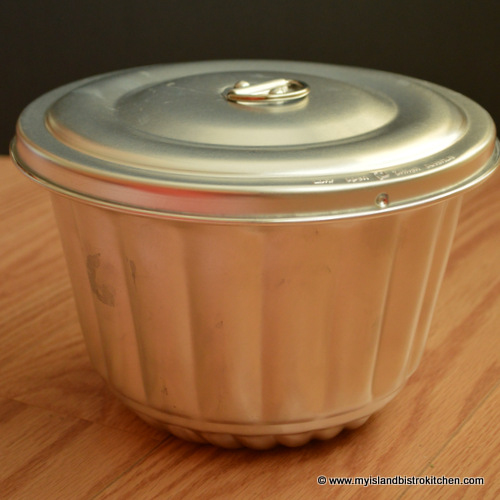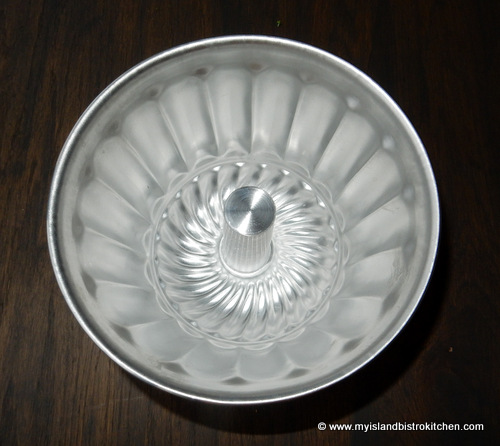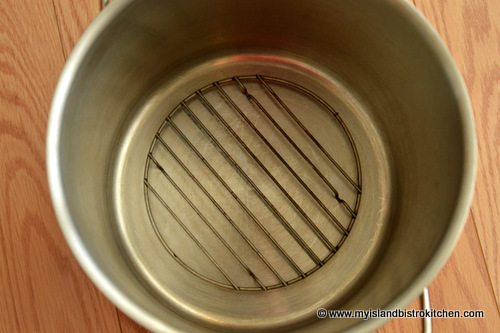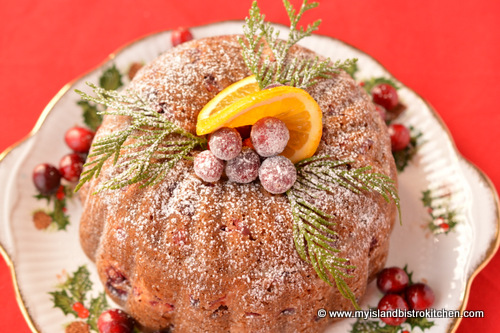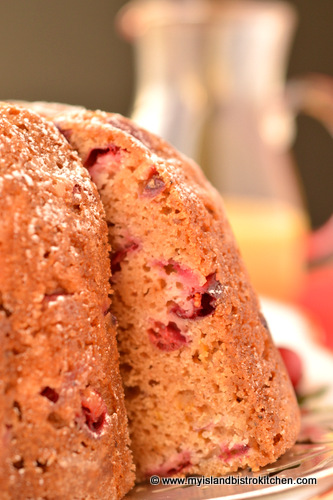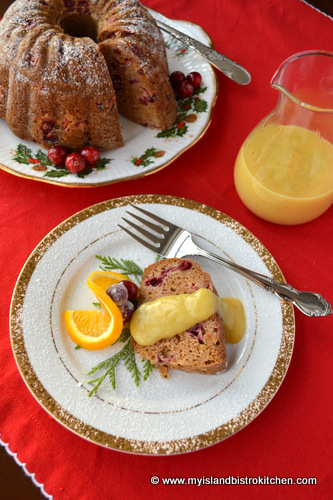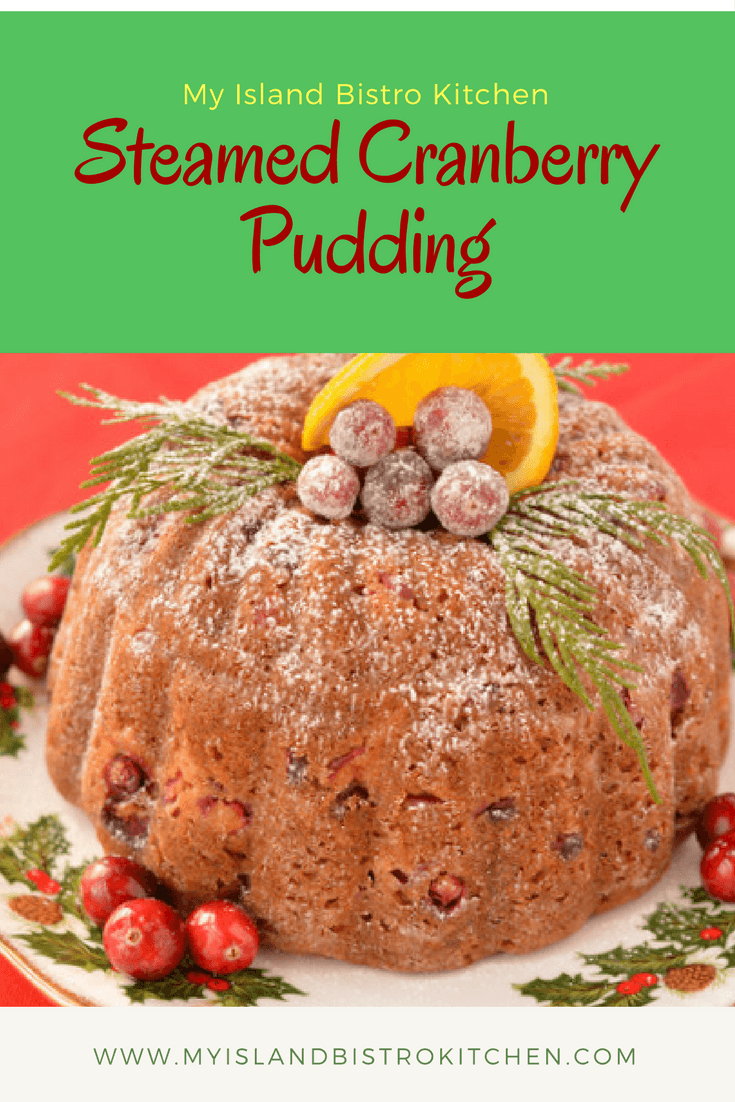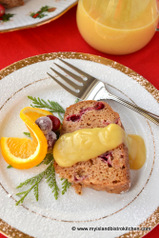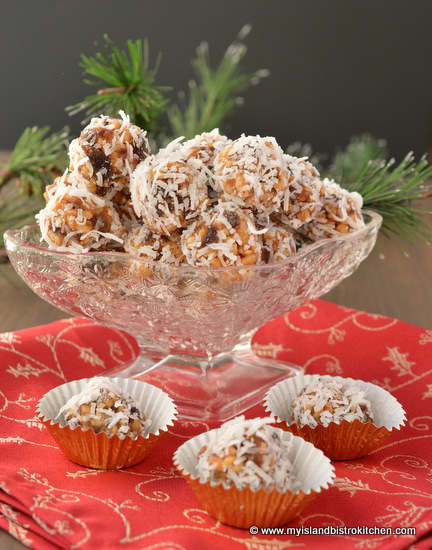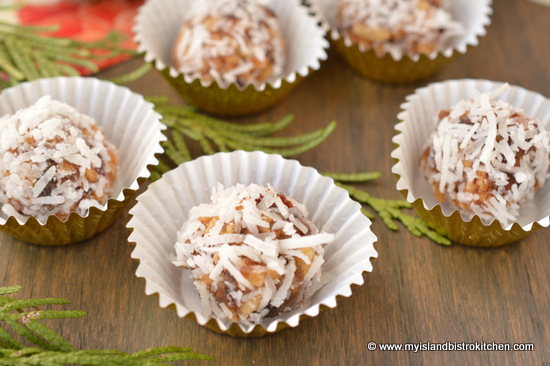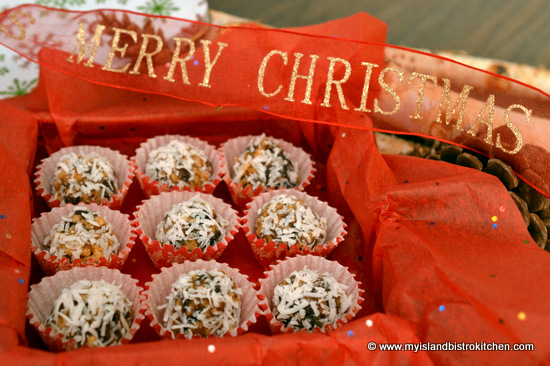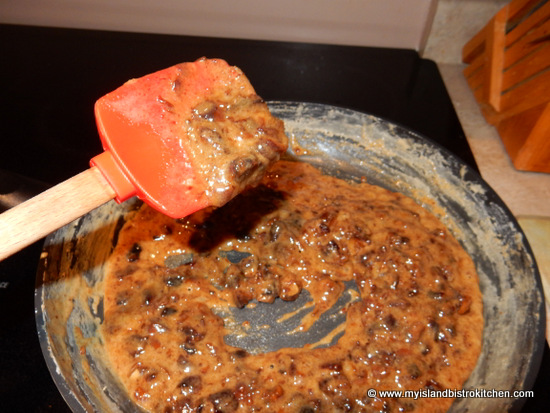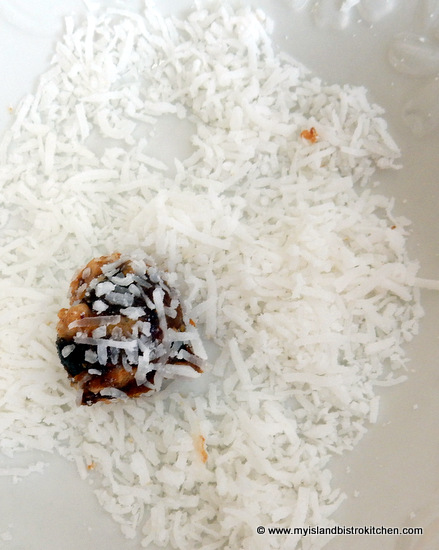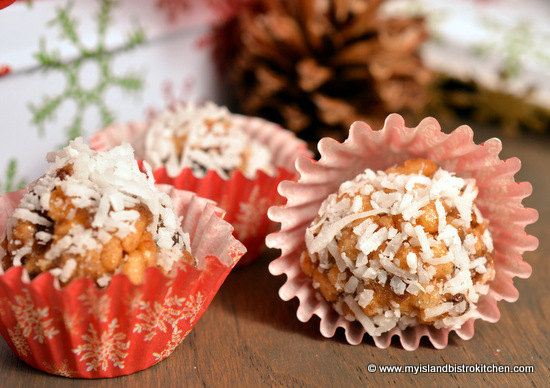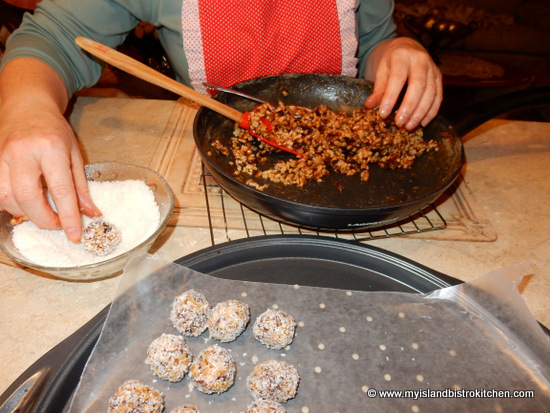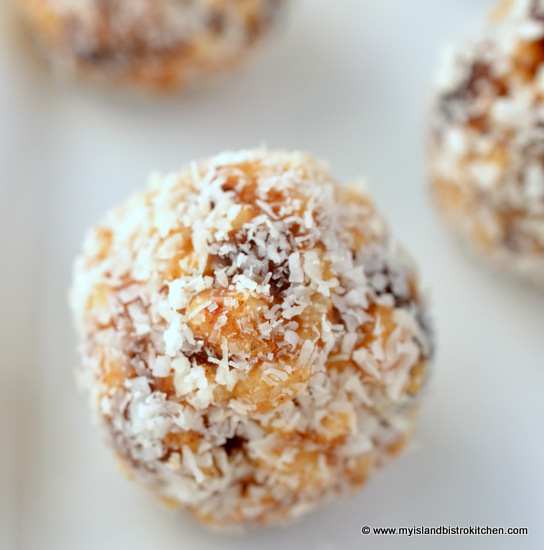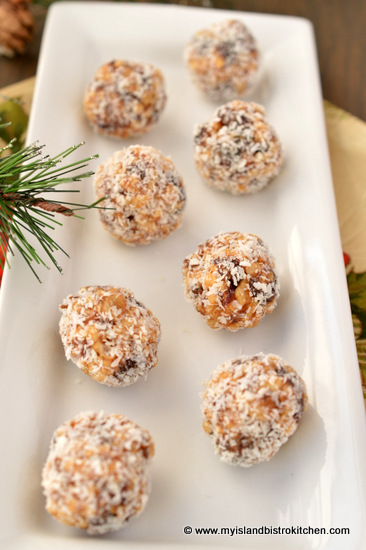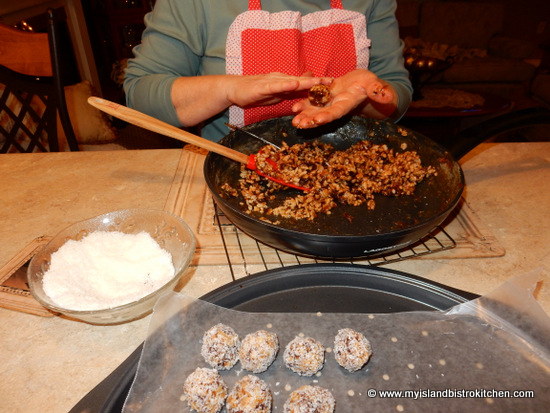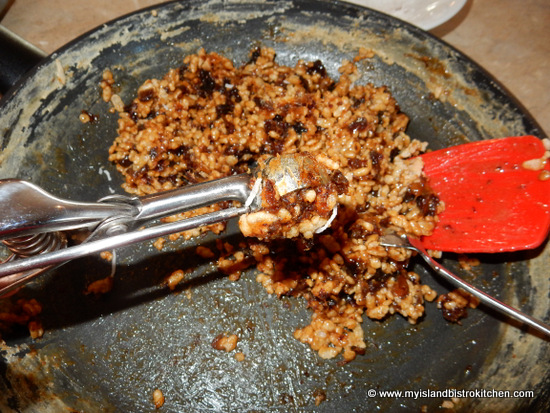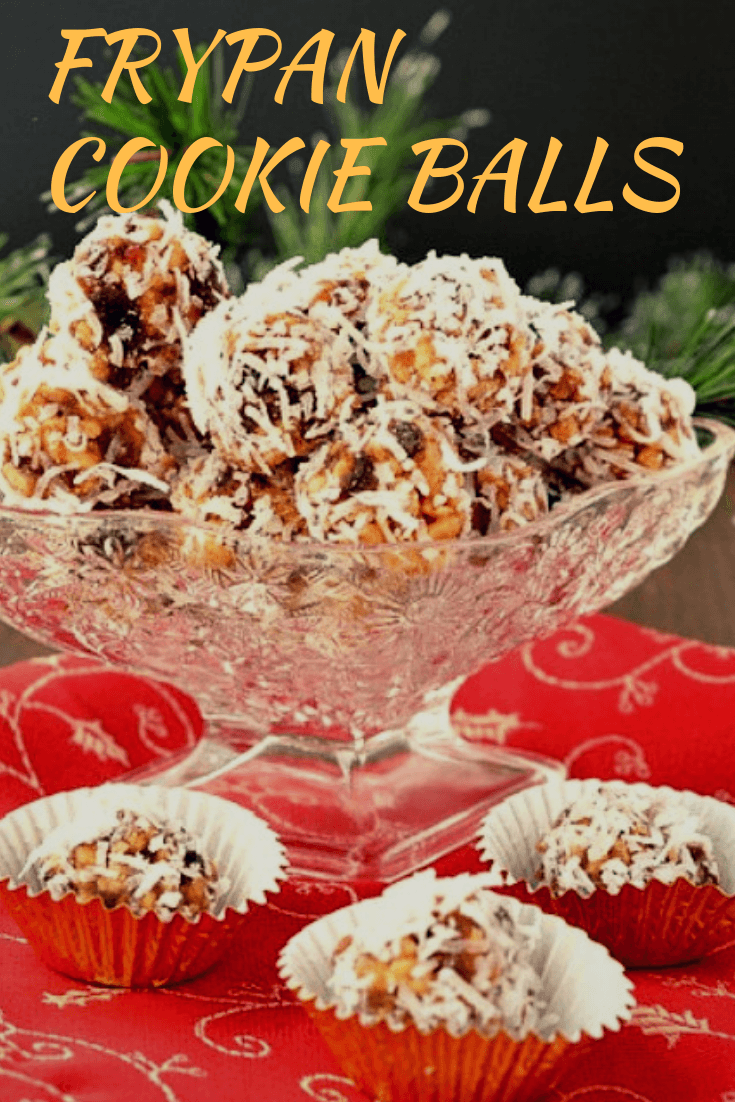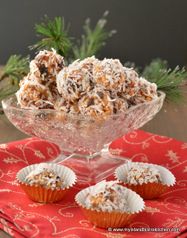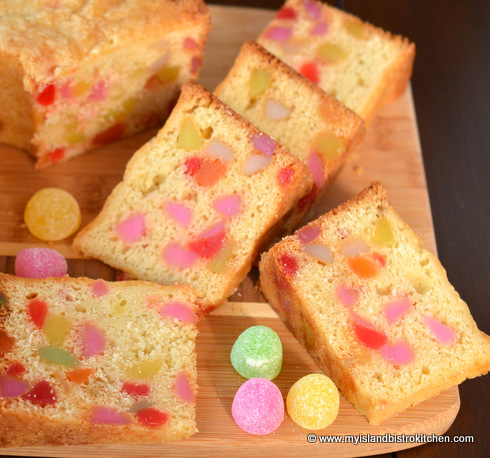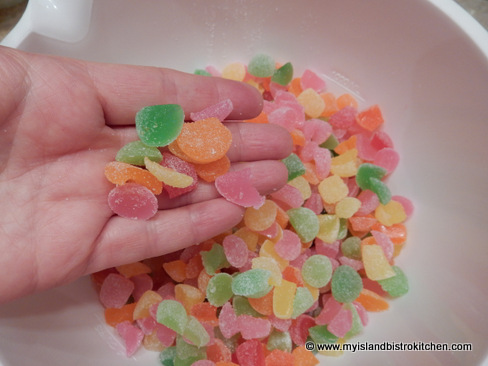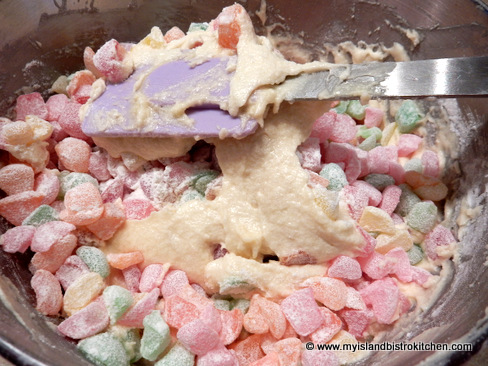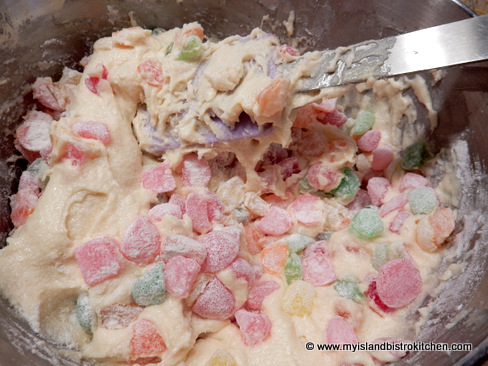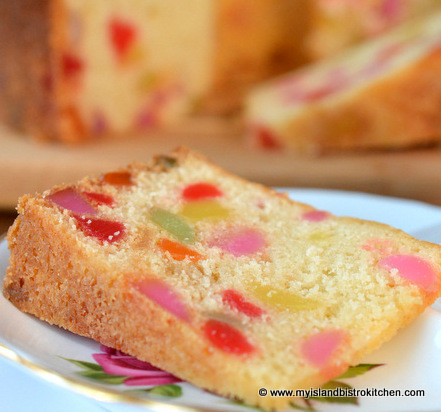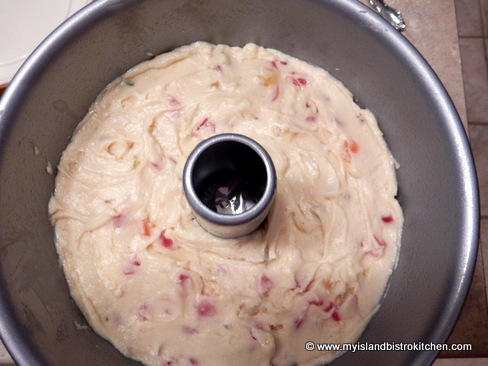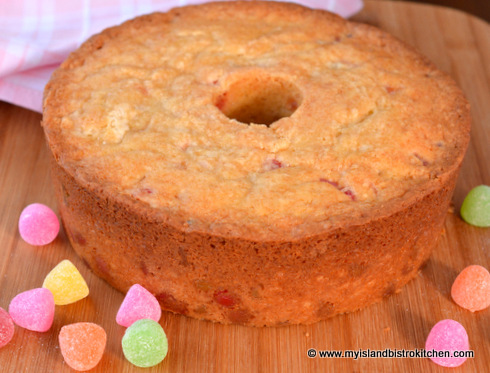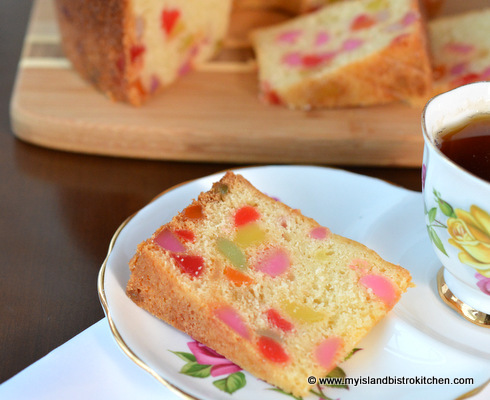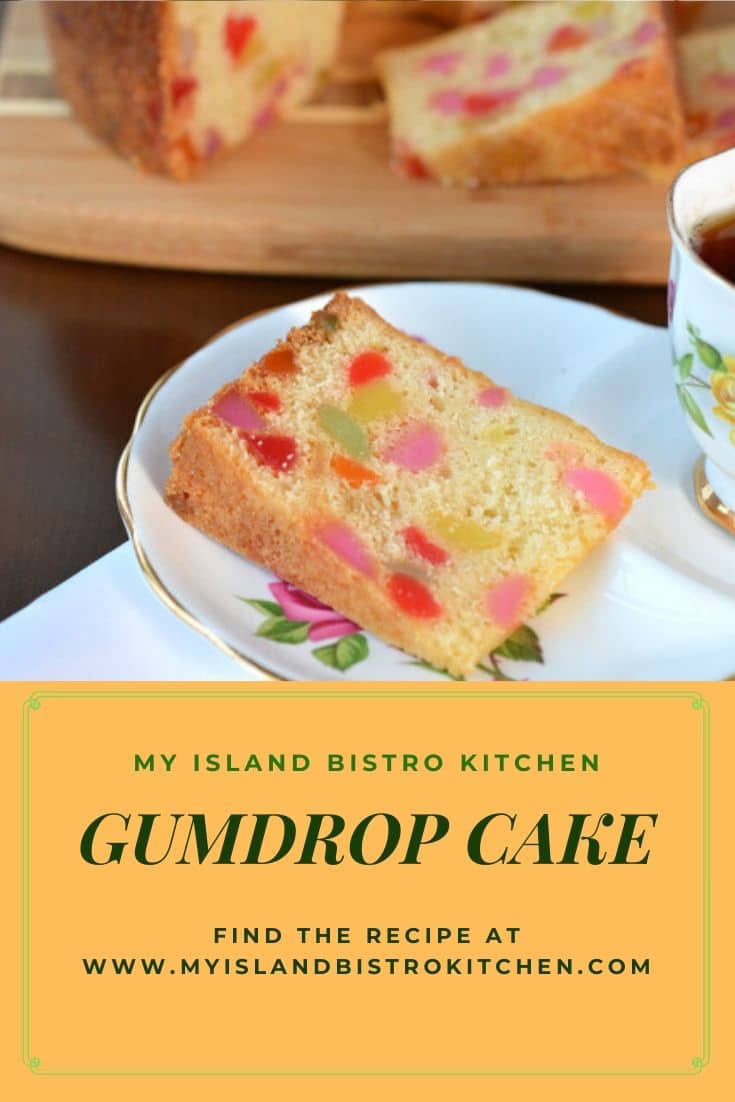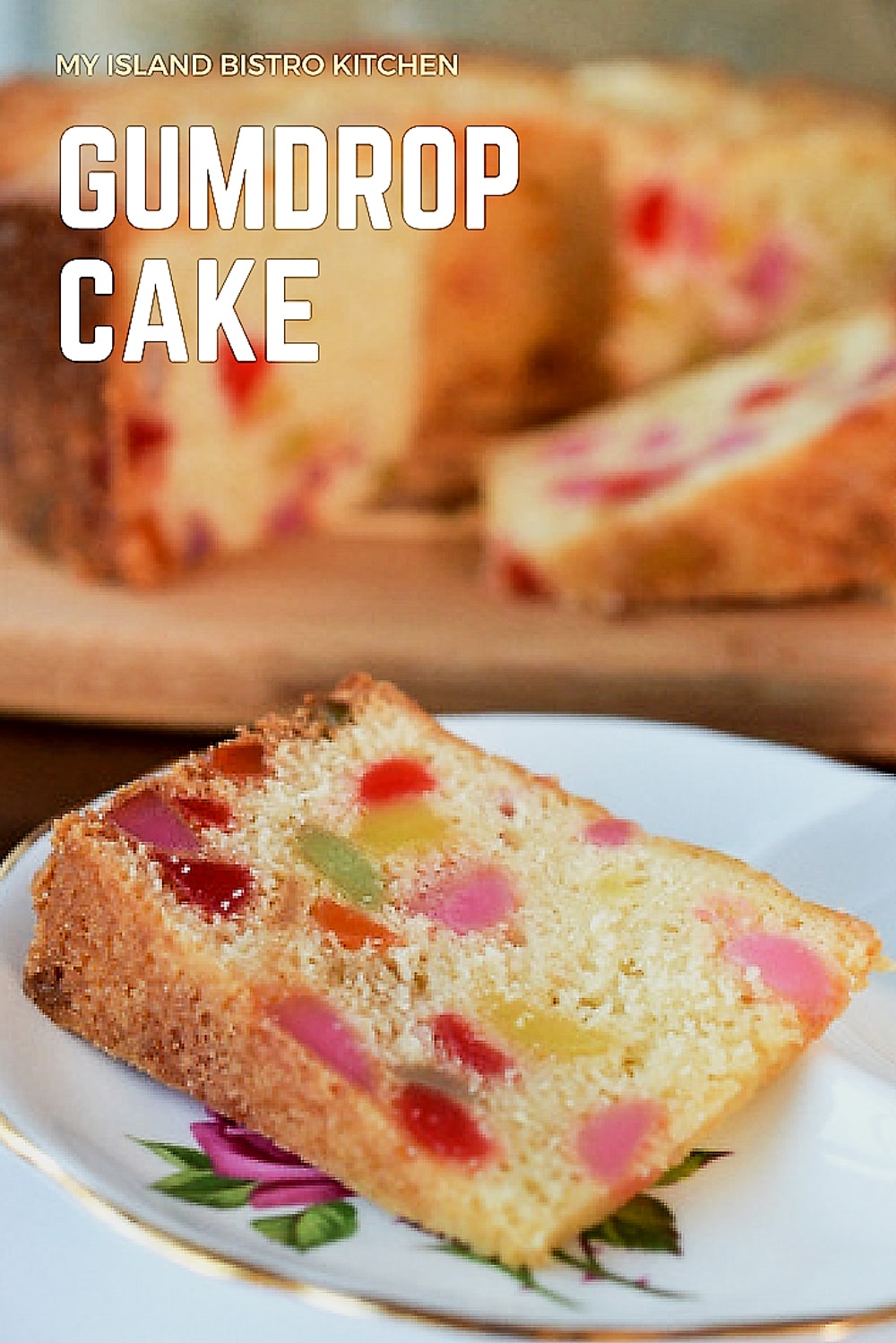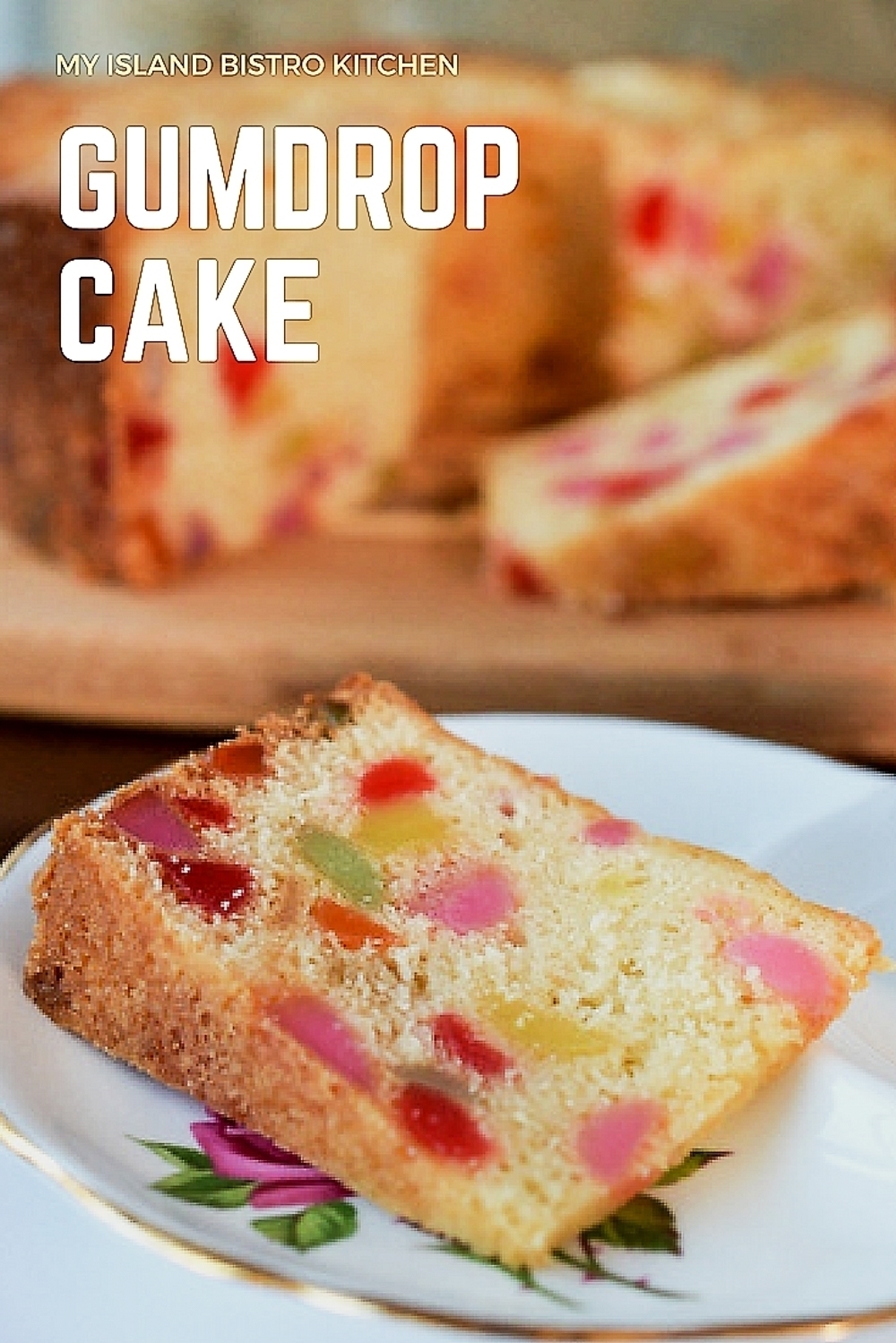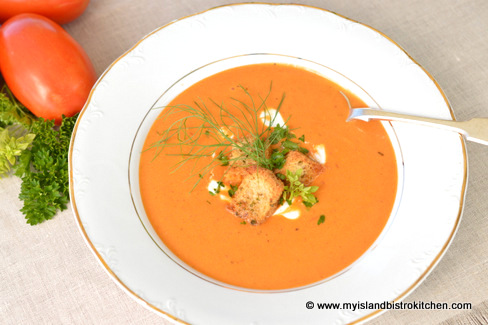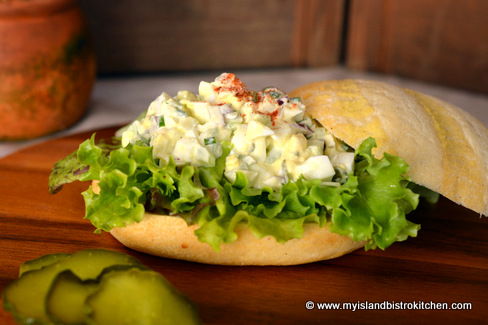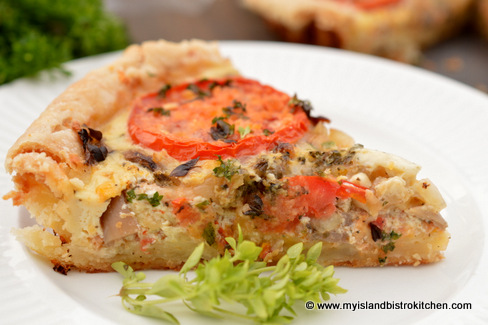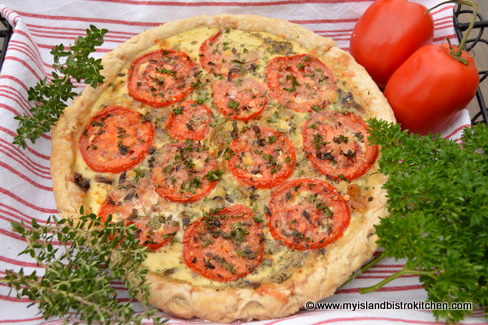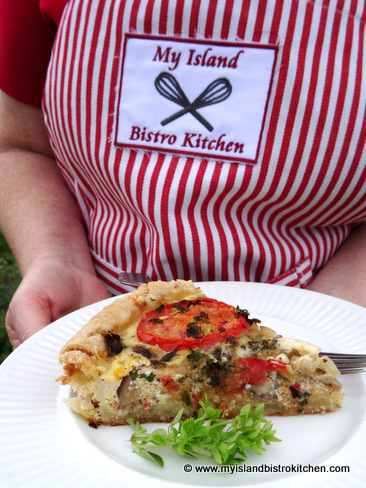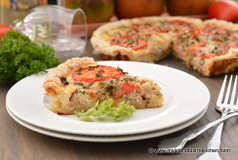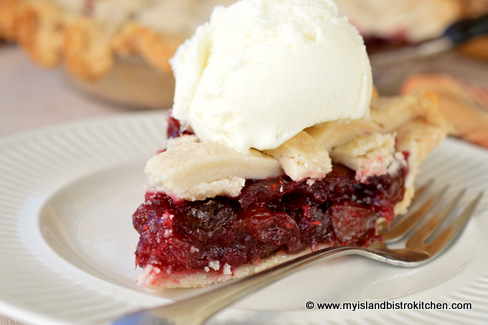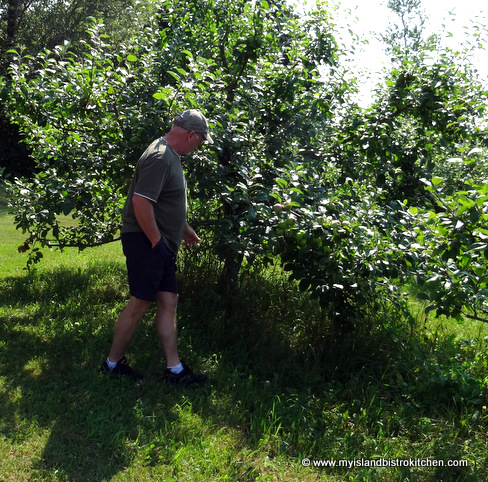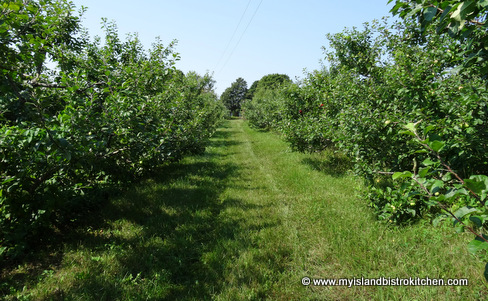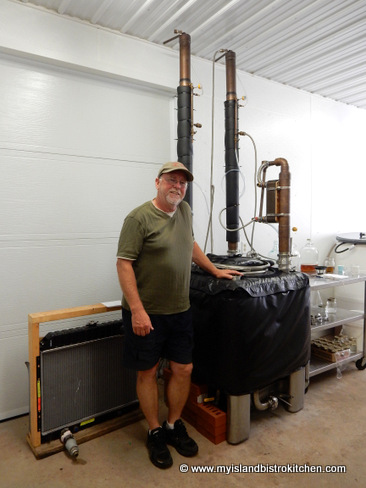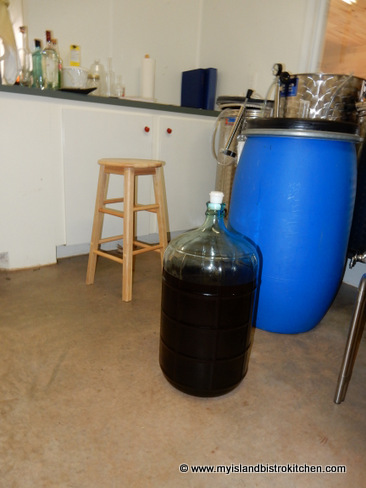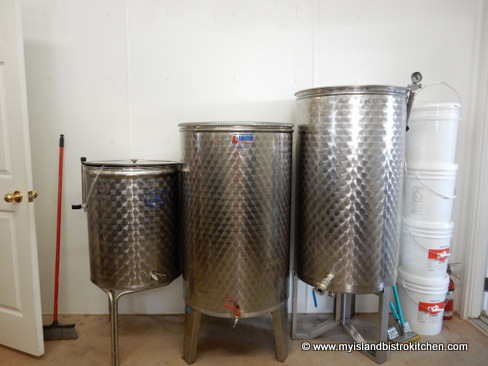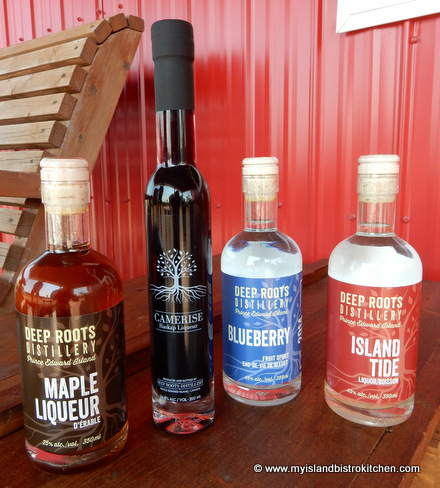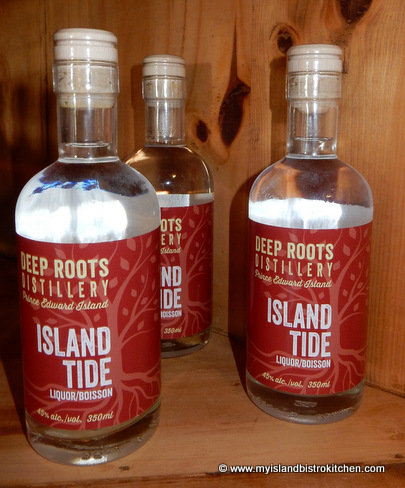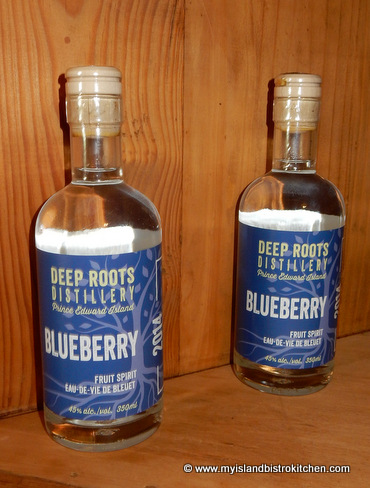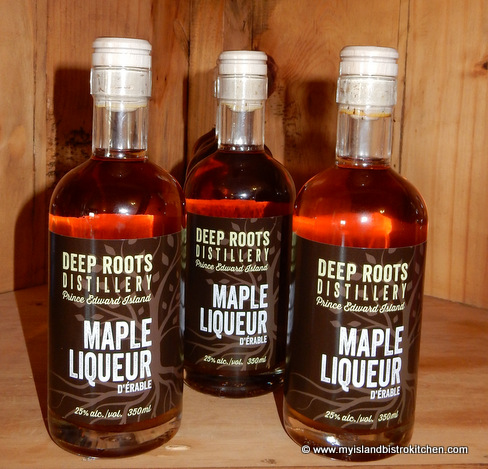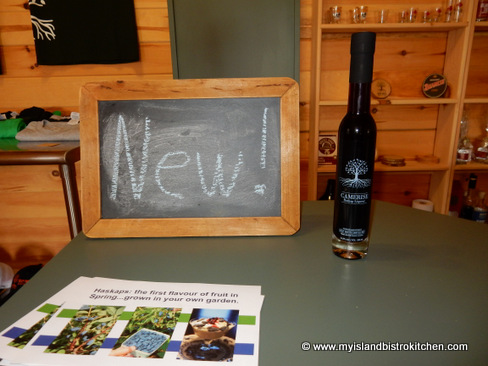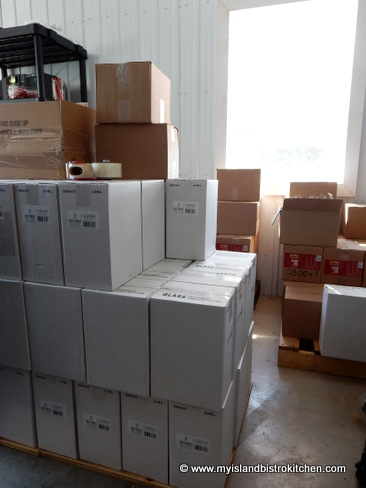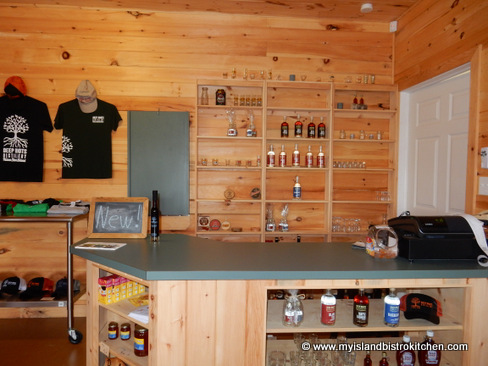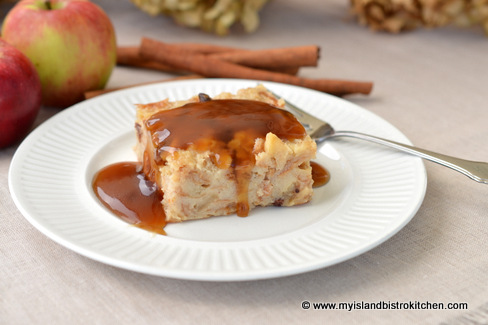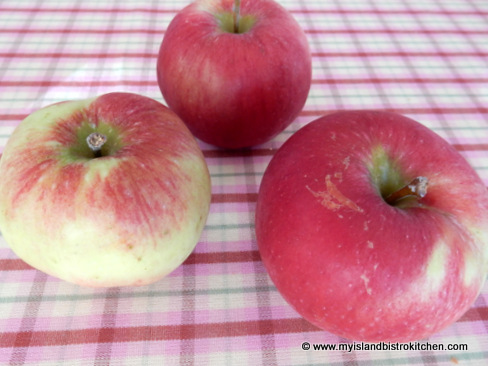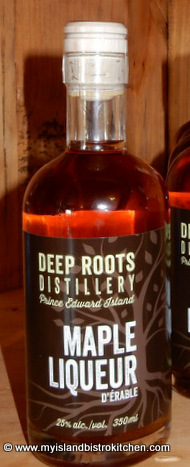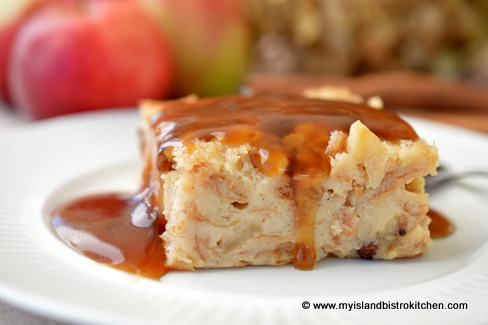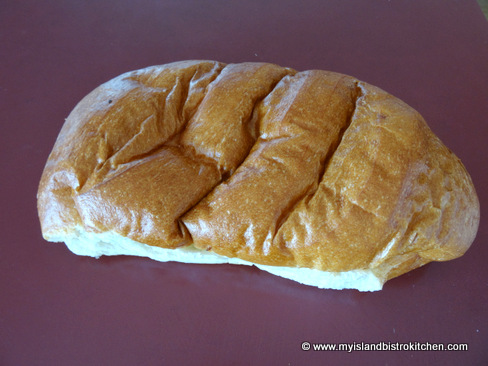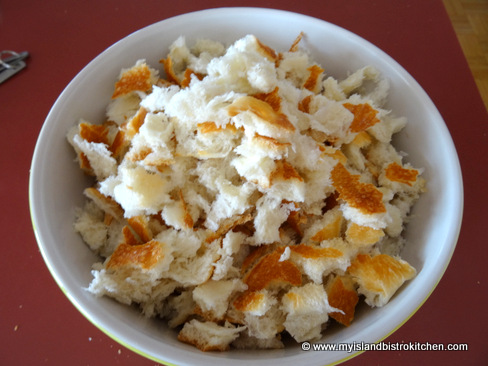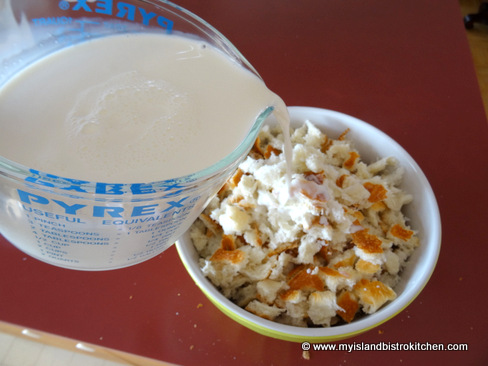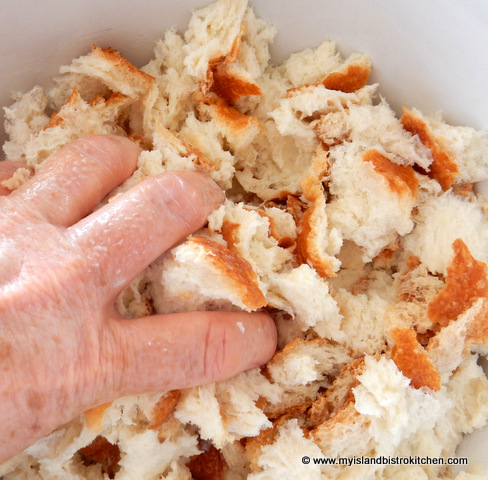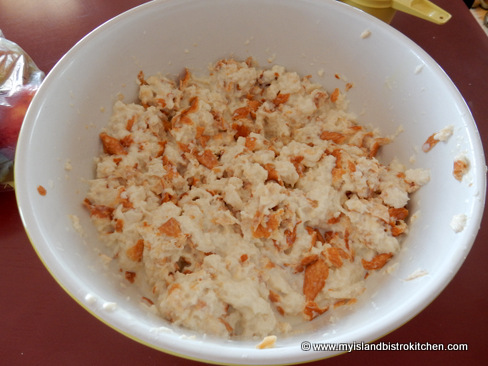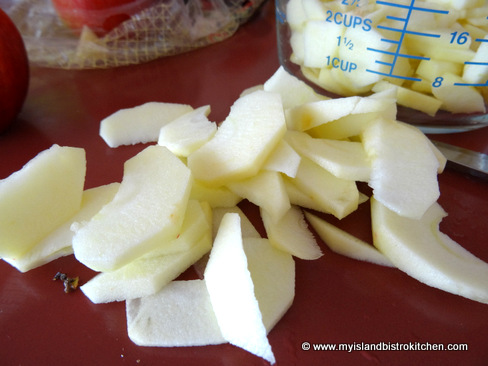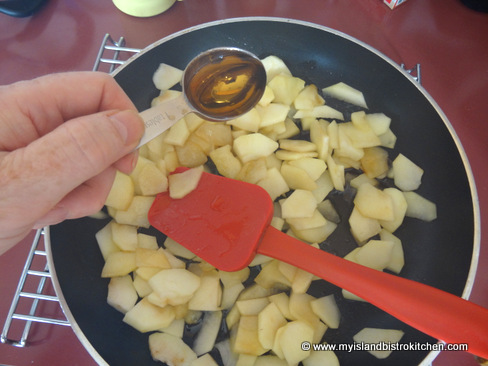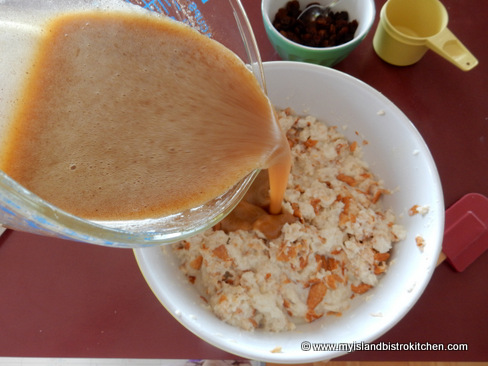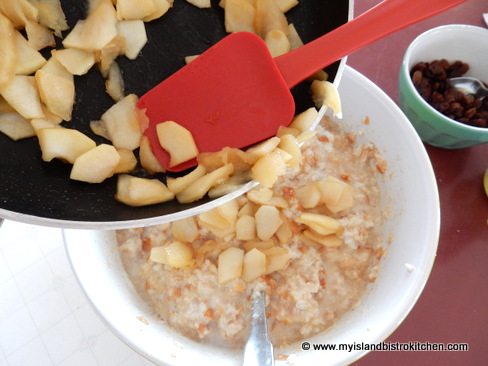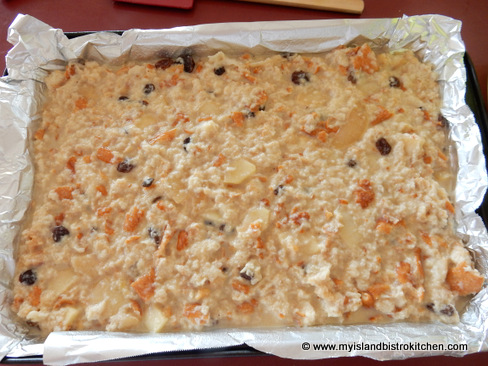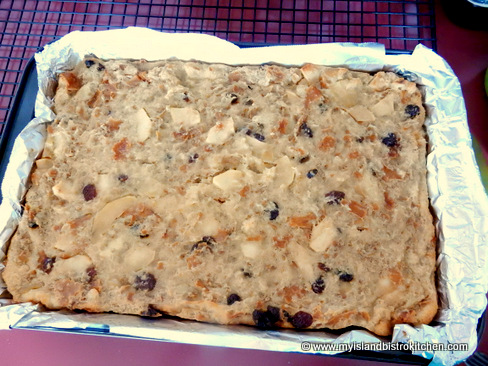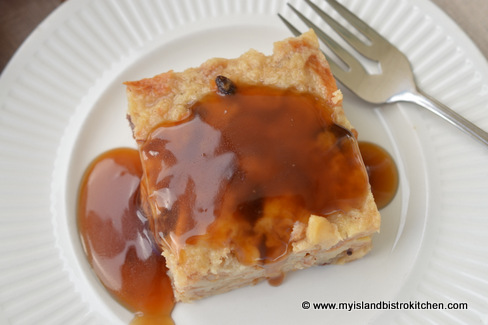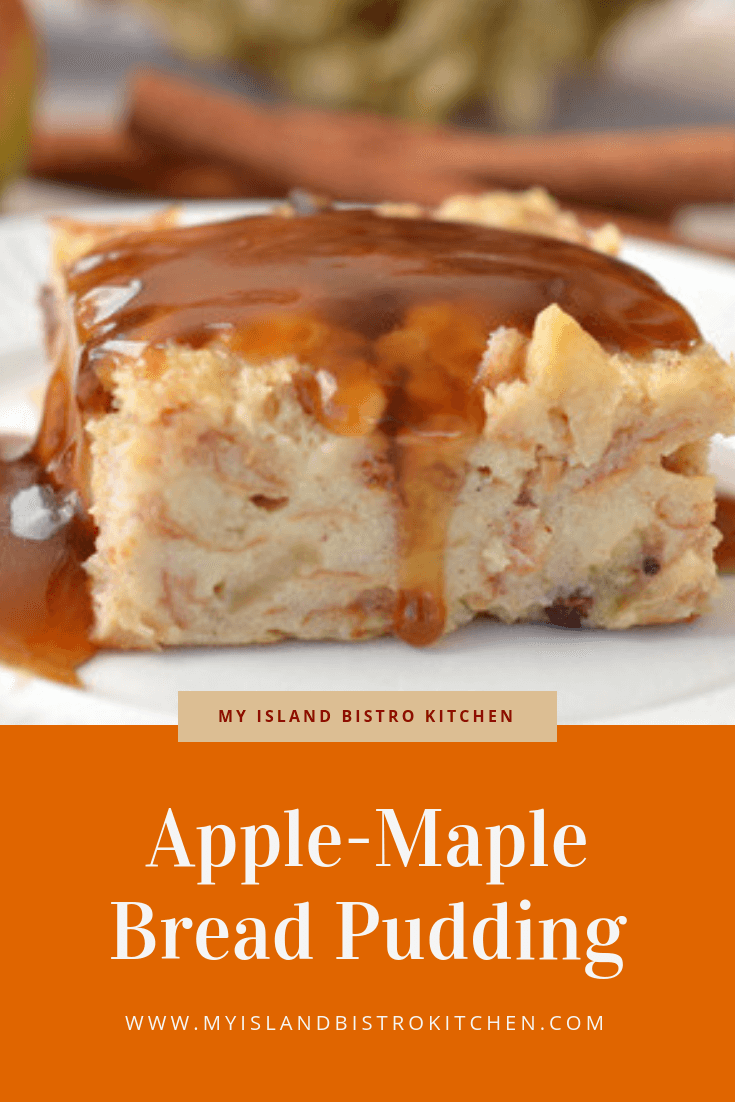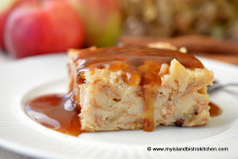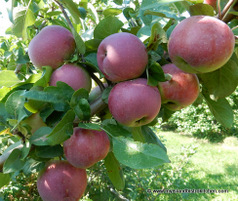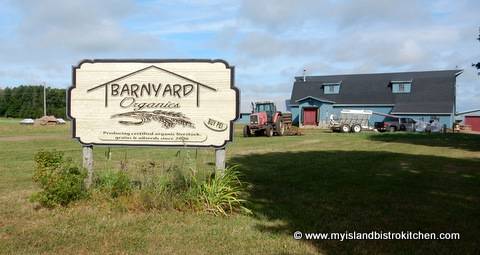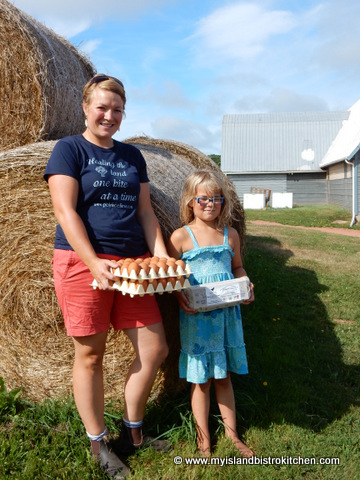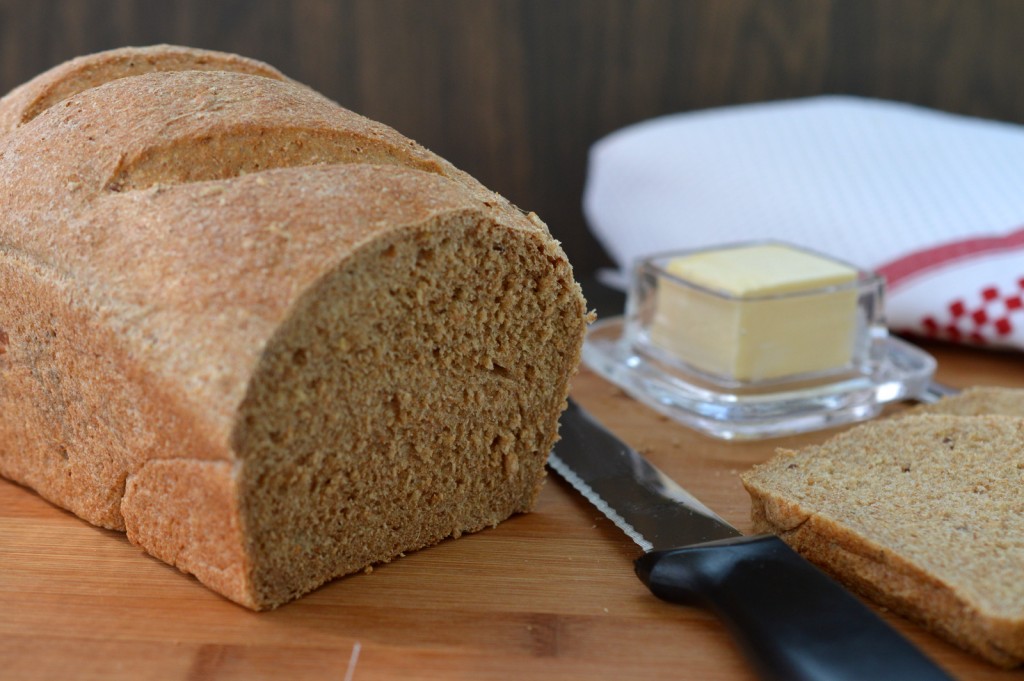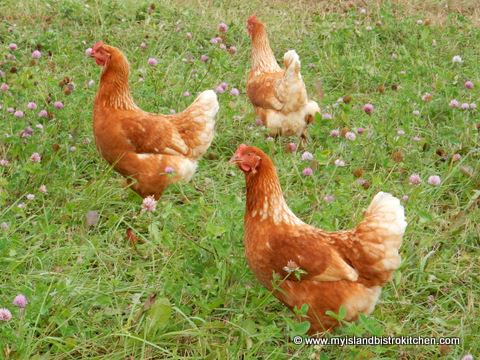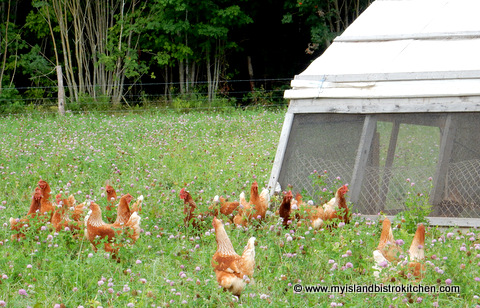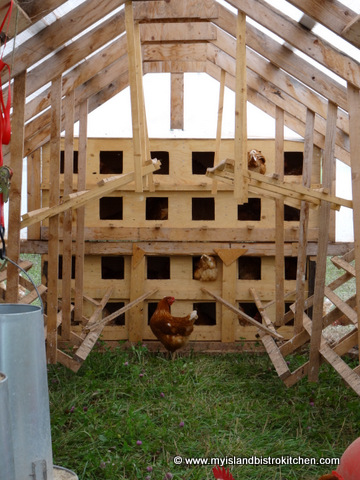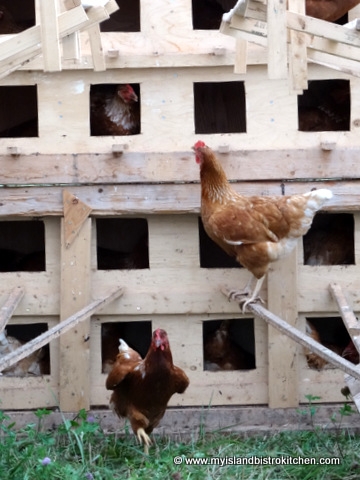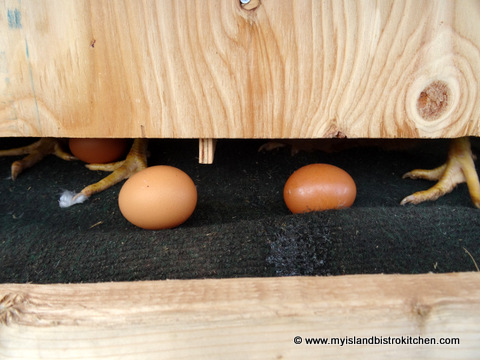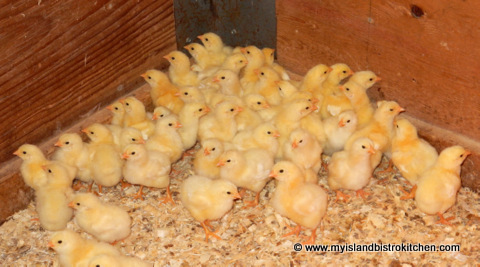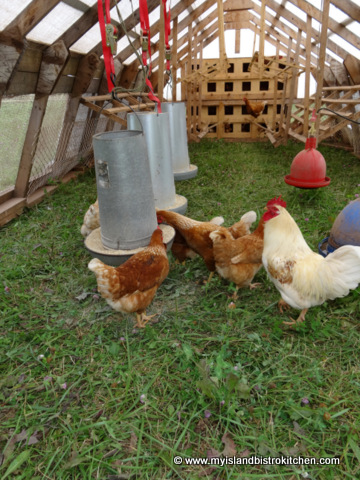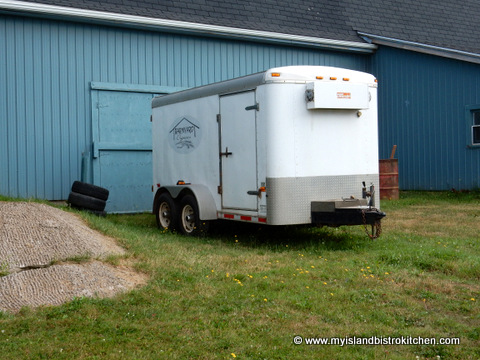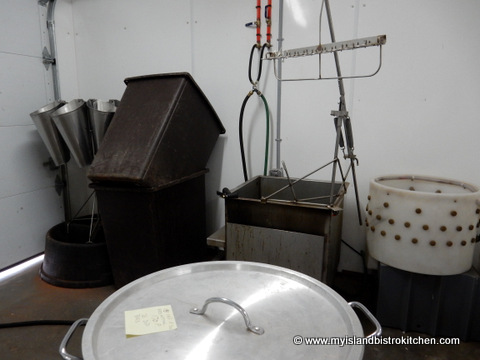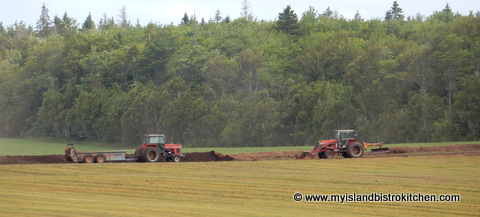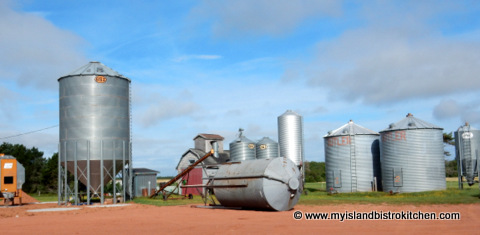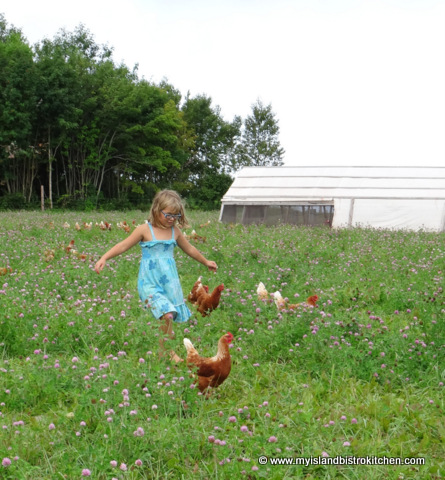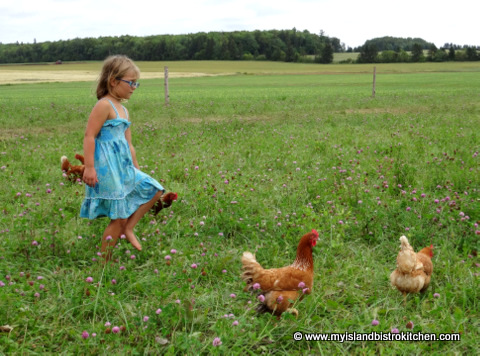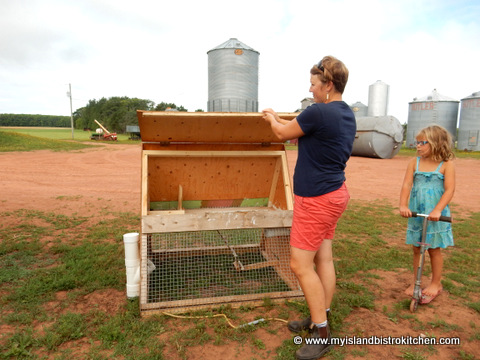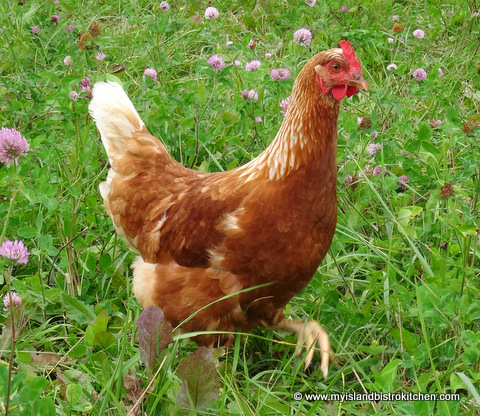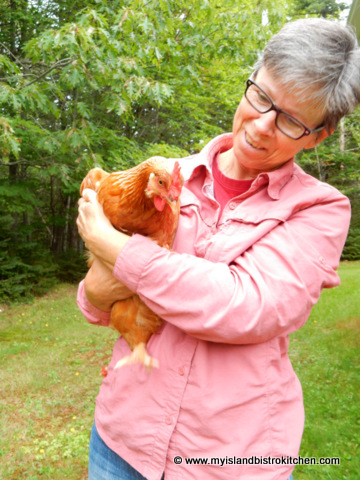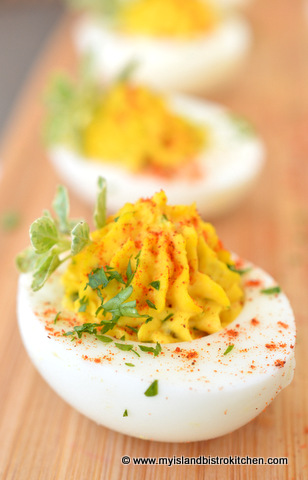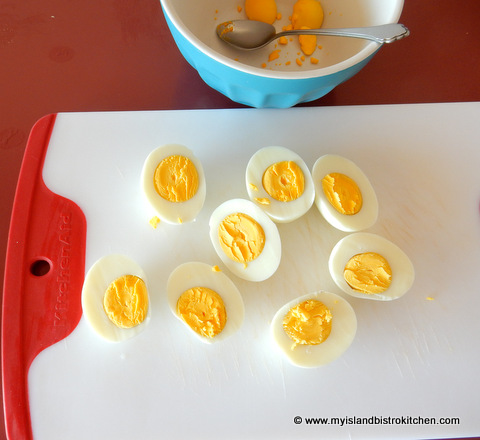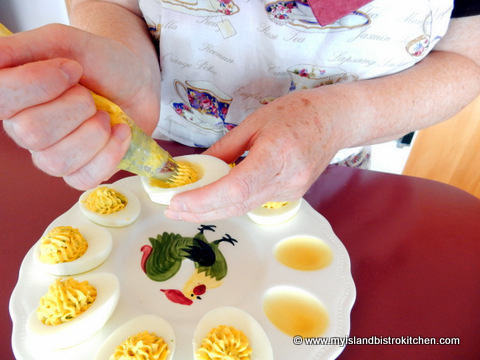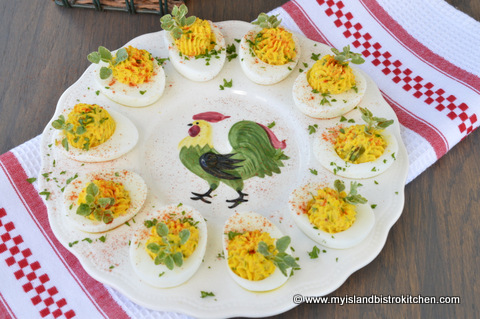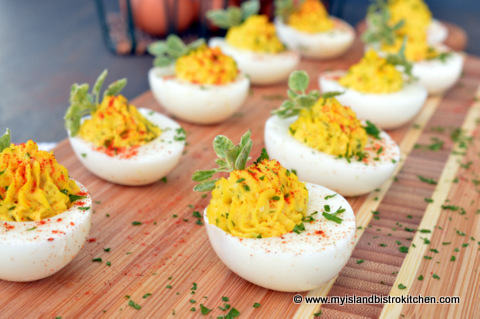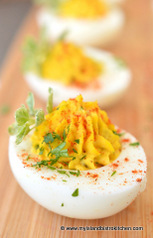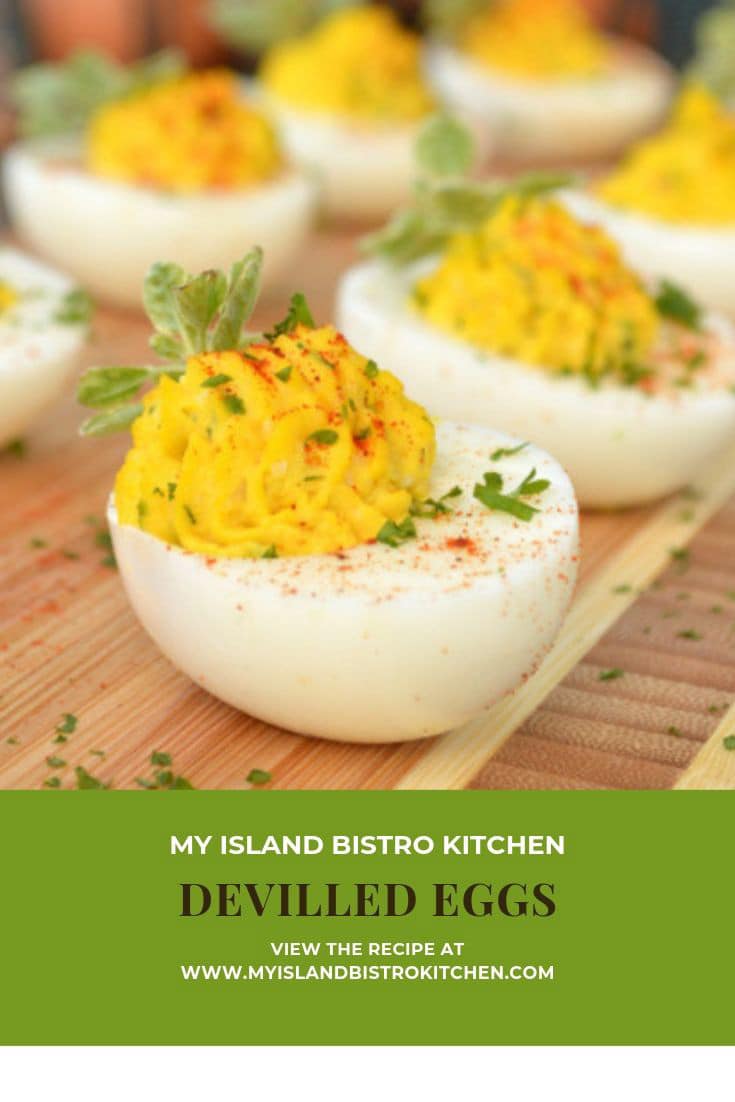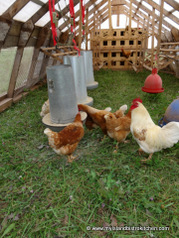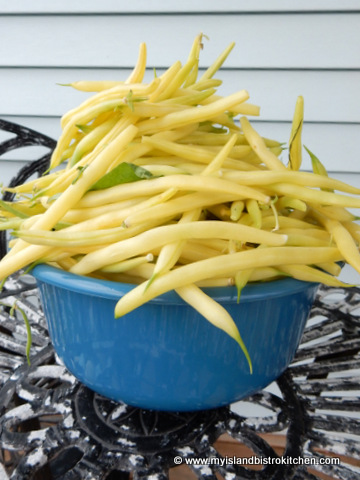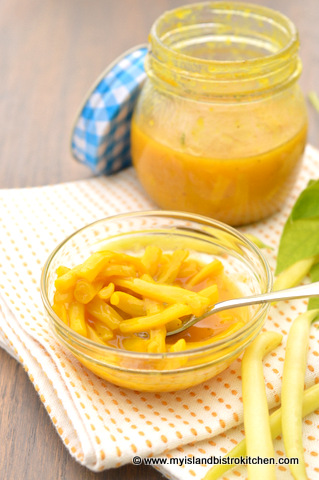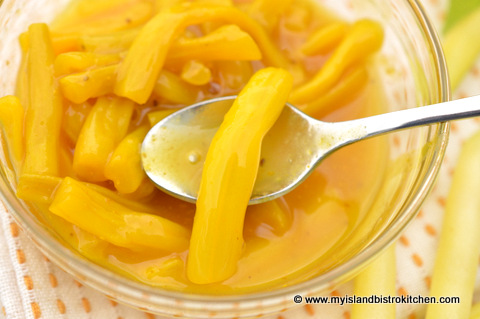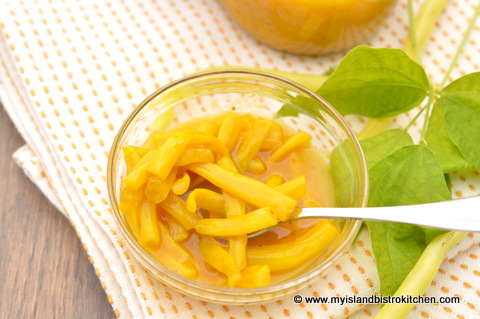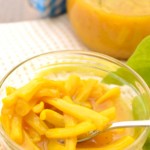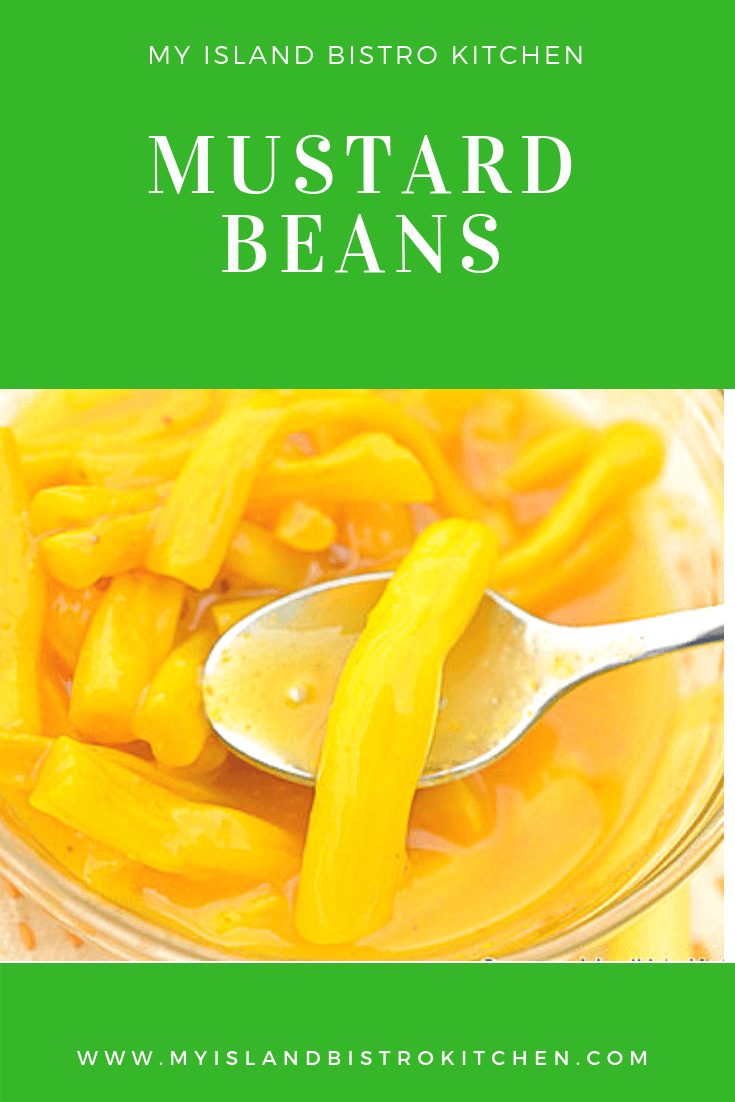
Today marks my 4th Blogiversary and I’m celebrating with my newly-developed recipe for Dreamy Hawaiian Cupcakes! These are perfect for any event, any time of the year but, with their pink swirl centers and mile high frosting, I think they would be very suitable for Valentines Day. So, they’re doing double duty as they celebrate my 4th Blogiversary and act as a catalyst for Valentine’s baking.

These cupcakes deliver a flavor punch with coconut milk, amaretto, shredded coconut, and maraschino cherries. That’s a flavor combo that’s hard to beat!

In addition to the wonderful flavor, the coconut milk makes these cupcakes lovely and moist. They also have a fine tender crumb which makes them very velvety when you sink your teeth into them.

Here are my tips and recommendations for making cupcakes:
- Use the best quality ingredients available. Don’t substitute margarine for the butter or artificial vanilla for pure vanilla in this recipe. Using lesser quality ingredients will affect the quality and taste of the cupcakes.
- Measure ingredients accurately – that means, for example, spooning the flour into the measuring cup and then leveling it off with the flat side of a knife, without stirring the flour around in the cup or tapping it to shake the flour down into the cup.
- Use the stated size of eggs – this matters as extra-large eggs (which this recipe calls for) yield more liquid than do large eggs. If you use smaller eggs than the recipe calls for, it will yield a drier cupcake.
- Resist the urge to add increased amounts of ingredients such as more coconut or cherries than the recipe states as the liquid content in this recipe has been calculated to moisten the dry ingredients accurately. If more dry ingredients, such as extra coconut, are added without increasing the liquid content, the cupcakes will be dry.
- All the ingredients should be at room temperature as this will help them to blend together better.
- The eggs should be at room temperature for about 20 minutes or so before using them in this recipe.
- Soften the butter at room temperature. Never melt the butter in the microwave to soften it as it will change the properties of the butter.
- Add the dry and liquid ingredients alternately in three parts, always starting and ending with the dry ingredients.
- Don’t overbeat the batter as this can make a tough crumb and a heavy, dense cupcake as opposed to a light-textured cupcake. Beat the batter on low speed and just until all the ingredients are incorporated.
- Grease the top of the cupcake pan as, even if paper cupcake liners are used, there will always be at least one rogue cupcake that will rise up and stick to the top of the pan, making it difficult to remove the cupcake without damaging it.
- Make sure your oven temperature is accurate and that the oven has been preheated. If the oven temperature is too high, it will dry out the cupcakes; if it is too low, they won’t rise and bake properly.
- It’s also important not to overbake the cupcakes as that will make them dry. I recommend checking them at about the 14 or 15-minute baking point by either a light finger touch to see if the top of the cupcake is set and if it bounces back from the touch. Alternatively, use a cake tester to insert into the center of a cupcake. If it comes out clean, the cupcakes are baked.
- Let the cupcakes rest in the cupcake pan for 3-4 minutes to allow them to set then gently remove them from the pan and transfer them to a wire rack to cool completely before decorating.

The frosting consists of two flavors to complement the cupcake flavor – coconut and cherry. Combined, these two recipes will give you ample to frost 12 cupcakes with mile high swirled frosting as shown in the photos. If, however, that’s just a tad too much frosting for your taste, simply make just one of the frosting recipes.

I used Wilton decorating tip 2D for the swirl frosting and the two colors were achieved by filling one side of the decorating bag with white frosting and the other side with the cherry frosting.

Dreamy Hawaiian Cupcakes
Ingredients:
1½ cups all-purpose flour
1½ tsp baking powder
¼ tsp baking soda
½ tsp salt
½ cup butter, room temperature
1 cup granulated sugar
2 extra-large eggs
1 tsp vanilla
1 tbsp Amaretto
½ cup coconut milk
1/3 cup shredded coconut
¼ cup chopped maraschino cherries, well drained and patted dry
Pink food coloring
Method:
Preheat oven to 350°. Grease 12 muffin cups or, alternatively, line each cup with paper cupcake liners.
In medium-sized bowl, combine four dry ingredients. Set aside.
Fit mixer with paddle attachment. Cream butter and sugar until fluffy. Add the eggs, one at a time, beating well after each addition. Add the vanilla and Amaretto.
Add the dry ingredients in three parts alternately with the coconut milk, starting and ending with the dry ingredients.
Remove ½ cup of the batter and add the food coloring to it, just enough to tint the batter pink.
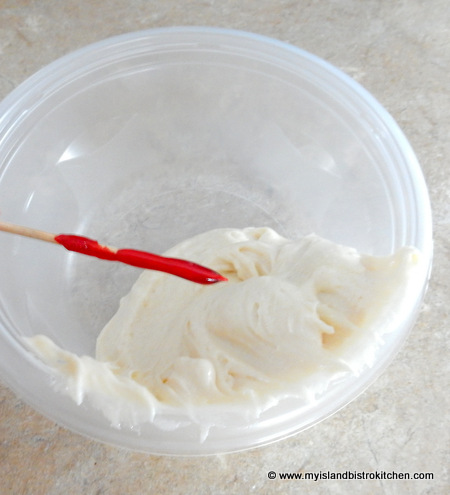
Add the coconut and chopped cherries to the white batter.
Fill each muffin cup about 1/3 full with the white coconut batter. Divide the ½ cup of pink batter between the 12 cupcakes.
Divide the remaining white batter evenly between the 12 cupcakes.Use the tip of a knife to gently swirl the pink batter into the white in each cupcake.
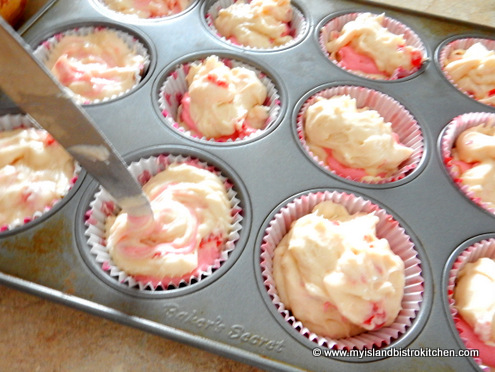
Bake in center of oven for 15-19 minutes or until cupcakes spring back to a light touch or a cake tester inserted into center of a cupcake comes out clean. Cool cupcakes in pan for 3-4 minutes then carefully transfer them to wire rack to cool completely.

Frost and decorate cupcakes as desired. The two frosting recipes provided with this recipe will, combined, easily frost the 12 cupcakes with the amount of swirled frosting shown in the photographs that accompany the cupcake recipe. If less frosting is desired, make only one of the recipes.
Yield: 12 cupcakes

Coconut Frosting
¼ cup butter
¼ cup shortening
1 tbsp coconut milk
¼ tsp almond flavouring
Apx. 2 cups confectioners (powdered) sugar, sifted
Sprinkle of salt (optional)
Beat butter and shortening together. Add coconut milk and almond flavouring. Blend in enough sifted confectioners sugar for desired spreading consistency.
Cherry Frosting
¼ cup butter
¼ cup shortening
1½ tbsp cherry juice
¼ tsp almond flavouring
Apx. 2 cups confectioners (powdered) sugar, sifted
Sprinkle of salt (optional)
Beat butter and shortening together. Add cherry juice and almond flavouring. Blend in enough confectioners sugar for desired spreading consistency.
To achieve dual-colored swirl frosting, fit cake decorating bag with Wilton 2D decorating tip. Fill one side of decorating bag with the white frosting and the other half with the pink frosting. Pipe onto cupcake in swirl motion.
—————————————————————————-
Thank you for visiting “the Bistro” today. If you enjoyed this posting and recipe, please share it on your social media websites.
Connect with “the Bistro” through the following social media:
Join My Island Bistro Kitchen on Facebook
Follow “the Bistro’s” tweets on Twitter
Follow “the Bistro” on Pinterest
Follow “the Bistro” on Instagram
——————————————————————————
Rich and decadent cupcakes packed full of coconut flavour and covered in mile-high coconut and cherry frosting
Ingredients
- 1½ cups all-purpose flour
- 1½ tsp baking powder
- ¼ tsp baking soda
- ½ tsp salt
- ½ cup butter, room temperature
- 1 cup granulated sugar
- 2 extra-large eggs
- 1 tsp vanilla
- 1 tbsp Amaretto
- ½ cup coconut milk
- 1/3 cup shredded coconut
- ¼ cup chopped maraschino cherries, well drained and patted dry
- Pink food coloring
- Coconut Frosting:
- ¼ cup butter
- ¼ cup shortening
- 1 tbsp coconut milk
- ¼ tsp almond flavouring
- Apx. 2 cups confectioners (powdered) sugar, sifted
- Sprinkle of salt (optional)
- Cherry Frosting:
- ¼ cup butter
- ¼ cup shortening
- 1½ tbsp cherry juice
- ¼ tsp almond flavouring
- Apx. 2 cups confectioners (powdered) sugar, sifted
- Sprinkle of salt (optional)
Instructions
- Preheat oven to 350°. Grease 12 muffin cups or, alternatively, line each cup with paper cupcake liners.
- In medium-sized bowl, combine four dry ingredients. Set aside.
- Fit mixer with paddle attachment. Cream butter and sugar until fluffy. Add the eggs, one at a time, beating well after each addition. Add the vanilla and Amaretto.
- Add the dry ingredients in three parts alternately with the coconut milk, starting and ending with the dry ingredients.
- Remove ½ cup of the batter and add the food coloring to it, just enough to tint the batter pink.
- Add the coconut and chopped cherries to the white batter.
- Fill each muffin cup about 1/3 full with the white coconut batter. Divide the ½ cup of pink batter between the 12 cupcakes. Divide the remaining white batter evenly between the 12 cupcakes. Use the tip of a knife to gently swirl the pink batter into the white in each cupcake.
- Bake in center of oven for 15-19 minutes or until cupcakes spring back to a light touch or a cake tester inserted into center of a cupcake comes out clean. Cool cupcakes in pan for 3-4 minutes then carefully transfer them to wire rack to cool completely.
- Frost and decorate cupcakes as desired. The two frosting recipes provided with this recipe will, combined, easily frost the 12 cupcakes with lots of swirled frosting. If less frosting is desired, make only one of the recipes.
- Coconut Frosting: Beat butter and shortening together. Add coconut milk and almond flavouring. Blend in enough sifted confectioners sugar for desired spreading consistency.
- Cherry Frosting: Beat butter and shortening together. Add cherry juice and almond flavouring. Blend in enough confectioners sugar for desired spreading consistency.
- To achieve dual-colored swirl frosting, fit cake decorating bag with Wilton 2D decorating tip. Fill one side of decorating bag with the white frosting and the other half with the pink frosting. Pipe onto cupcake in swirl motion.
Pin Me to Pinterest!






